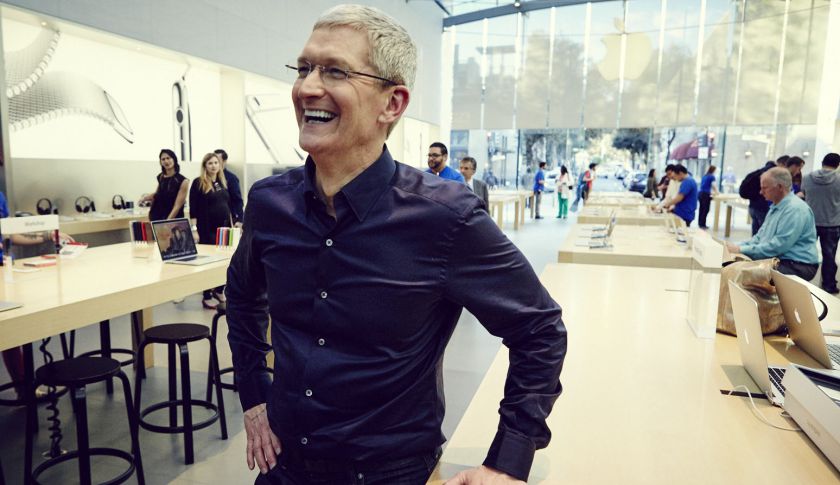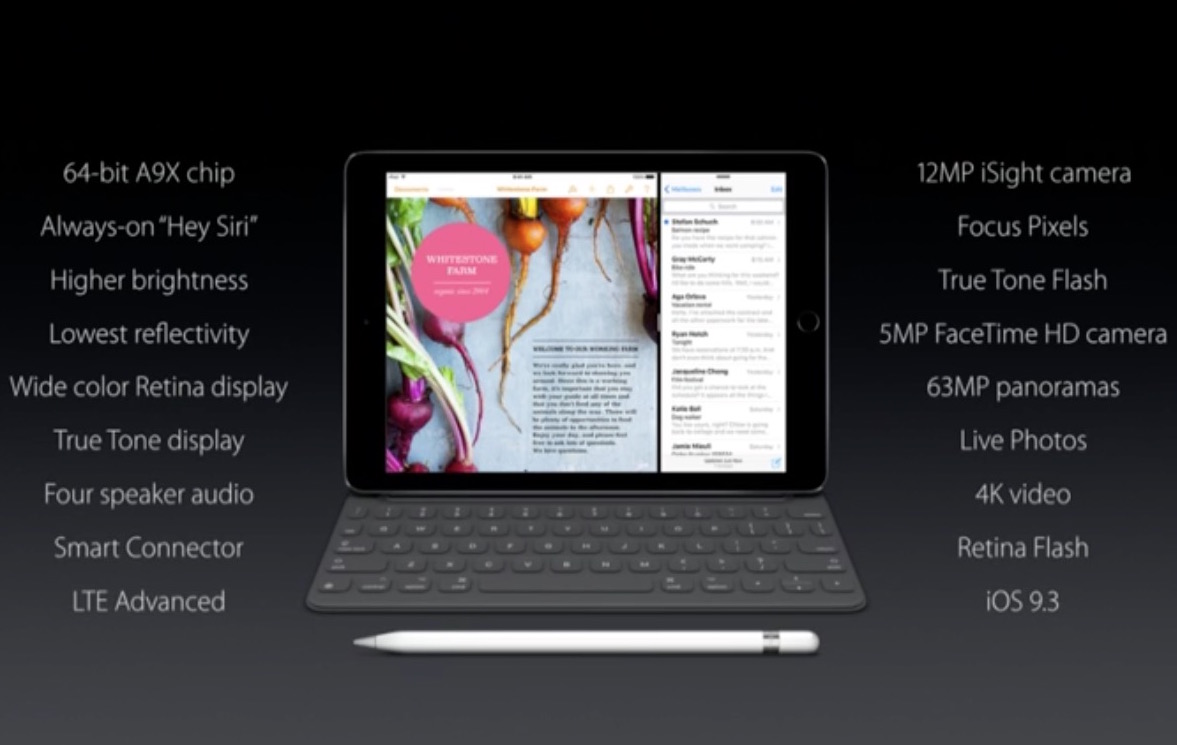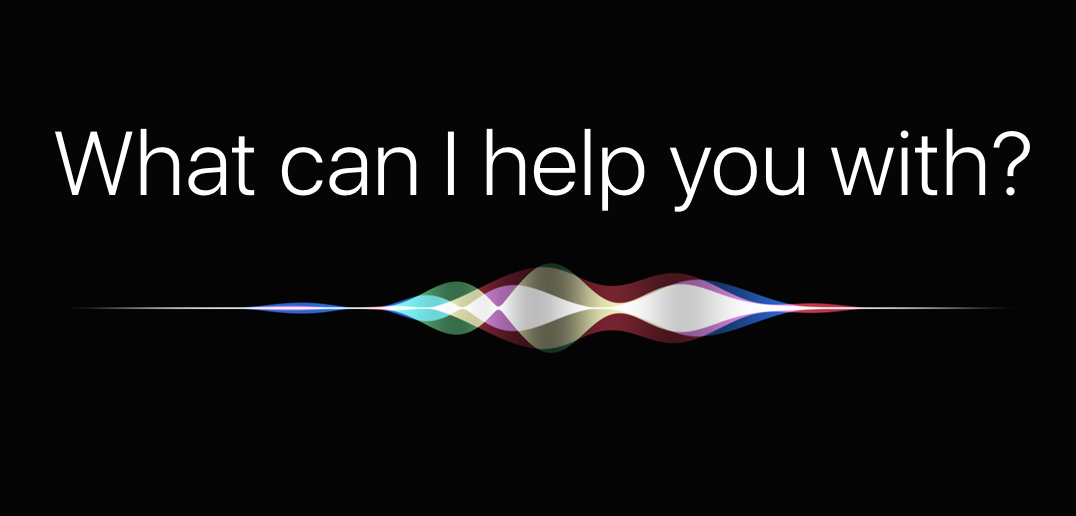
In a statement warmly welcomed by us internet folk, Tim Cook recently proclaimed “you will see us do more in the pro area.” In our circles, this is unquestionably good news, as we all foster an insatiable appetite for new innovations, be that on a hardware or software level. More pro is great, however I invariably had to spare a thought for the average, not-so techy Apple customer.
I’m talking about the type of customer that after owning their iPhone 6S for more than a year, still has little concept of what 3D Touch does. Or how about the one that loves their new MacBook, but will gaze at you with a stunned expression when you introduce them to Force Touch on their trackpad. This is by no means meant to sound snarky or patronizing, because as a matter of fact, I don’t blame them for not knowing – I blame Apple for failing to take everyone along for the ride due to poor communication.
Shifting up the ‘Pro’ a notch in the future sounds great, that said how do you straddle the line between pleasing us tech-warriors and not entirely overwhelming a large majority of users, a majority already only privity to roughly half of the juicy features on their devices? Apple needs to find some cogent answers to this issue, and rather than creating a two-tier system in their hardware sold (labelling only some products ‘Pro’), I contend that software could be the key.
Granted this is anecdotal, but noone around me past the age of 40 (even the ones fairly switched on in the realm of Apple) could reliably point out the location or even use of features such as Markup on iOS or 3D Touch keyboard shortcuts. I would go further out on a limb and wager that many owners of the iPhone 7 Plus know full well about their iPhone’s dual lens in terms of cosmetics, though they would struggle to name only one perk of the technology. Contrast this with the other side of the equation, where we have people licking their lips for 4K Apple TVs, beefier MacBooks or something as ostensibly simple as multiple user profiles for iPad.
Reconciling and catering to two segments this disparate is a tough ask. For all the inherent challenges, it is a crucial one, simply because Apple cannot risk to create a bigger rift amongst their customers: pleasing the ‘Pro’ customers without consideration for the average Joe is going to deprive the majority of customers of the nifty stuff and eventually frustrate a lot of people that might feel left out.
On the other hand, hampering or slowing down new software or hardware to ensure the lion’s share of users can keep up is sure to exile the techy crowd. The dynamic described is sometimes referred to as a rubber band effect, and it is something Apple by all means needs to forestall.

The potential solution to the conundrum is twofold, one can be found in hardware, the other in the software of our devices. Thus far, Apple has largely leaned on the hardware strategy, albeit inconsistently and inconsequentially.
The suffix ‘Pro’ in their products ought to suggest being geared towards the tech-savvy customers, while everything else famously ‘just works’. How an iPad Air 2 is going to be easier to navigate or comprehend than an iPad Pro however escapes me, and there are plenty other instances where the lines are at least fuzzy (and that’s being charitable). Not to belabour the point too much, but in conclusion, the average customer can’t keep track of software or hardware developments, all the while the professional crowd don’t feel taken serious enough.
This wedge might compound if we speed up innovation of both software and hardware without taking by the hands those dizzied by the pace of it. How, you ask? I’m thinking the great equalizer in this equation could be software. In other words, cut the untowardly hardware differentiation, churn out the best you can and only the best (model variations for price differentiation aside). Thereafter, drape iOS or macOS in a whole new, optional software layer for help and guidance aimed at those who appreciate the help. Done right, this could level the playing field at least a little without impinging on the freedoms of the ‘Pro’ segment.
To put my money where my mouth is, two concrete suggestions for what this could entail:
Take the set-up procedure on any new device. iPhone or Mac users are routinely asked all sorts of questions anyways (such as Region, Apple ID, Touch ID settings), so why not slot in one more on the user’s expertise or experience with iOS or MacOS respectively? A simple toggle could determine whether or not the user wants more assistance or feature reminders throughout their day. When launching iMessage by way of example, an unobtrusive (but insightful) pop up could continuously bring up the more advanced features tucked away inside. This could be implemented for all stock apps until the user decides the time has come to take the training wheels off.

Secondly, shouldn’t this be precisely the purpose of Siri? The personal assistant is remarkably coy when it comes to actually assisting with the device itself. Wouldn’t it be awesome if you could open any app and ask ‘Hey Siri, tell me a little more about this app!’. The request could cue a brief overview of controls or tricks regarding the app in question. Both suggestions run in a similar vein to iOS 10’s Tips app, however that one wasn’t a lot more than a tenuous acknowledgment that for many normal users, the issue of getting lost in the operating system does exist. Once you start thinking about ways to combat it through software, a lot more ideas will come to mind. Mulling over those I will leave to you at this point.
The bottom line is that we’re witnessing the unwitting wedge between customer segments increase. If Apple – like Tim Cook said – is planning to ramp up the ‘Pro’ in their brand, they would be well-advised to go about it in a way that counteracts the emerging rift rather than doubles down on it.
I believe the answer to it lies in software. And in light of that, WWDC 2017 could become an important fork in the road for Apple.